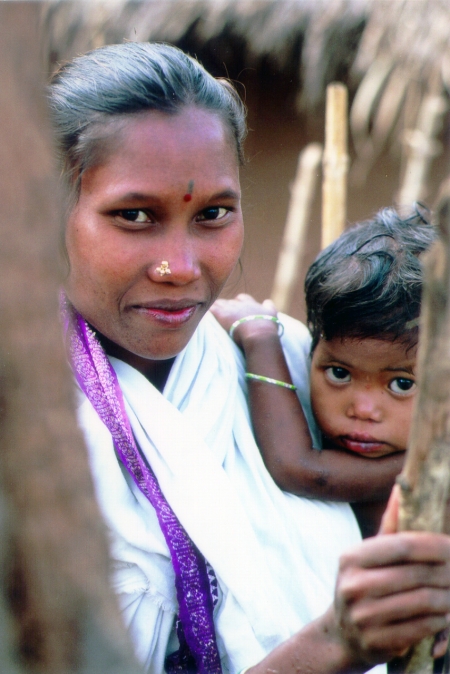
With increasing literacy levels, women are taking charge

It’s a story that many of us in India are hardened to: rural women talking about their children and the challenges they face in rearing them. A recent trip to one of north India’s poorest areas – the drought-hit Bundlekhand – both surprised and disturbed me. At a gathering of adolescent girls and women, I was pleasantly surprised by the number of adolescent girls who were adept at reading and writing. In this very feudal and conservative area, there were also married women, some with their infants, reading and writing.
As we started talking, a group of women spoke about coping with very small children and, yes, with diarrheal episodes. Initially shy to share information, they requested that no photographs be taken, but they were happy to talk. The common thread: most were married young. Most had children early, and most were unaware of the recommendation to exclusively breastfeed up to six months. Many had experienced their children going through an episode of diarrhea.
From Bhojpura village, 22-year-old Reema Yadav’s one and a half-year-old son, Kunji, is one such child. When probed further, Reema explains that she was able to breastfeed her son only for a month and then shifted to bottle-feeding. When repeated episodes of diarrhea came up, the first thing the local doctor recommended was to look into the hygiene of bottle-feeding practices. Reema recalls the doctors saying that she needed to sterilize the bottle and maintain more hygiene. Better still they recommended that she shift to a glass to feed Kunji. The doctor also stressed on larger cleanliness and hygiene issues.
Sadhana Yadav’s daughter Nitya Yadav who is now one and a half-years-old, had to be hospitalized when she was 10 months old. A graduate with a bachelor’s degree (12 years of school), Sadhana, 25, talks about a reality that she is faced with. Married into a family where literacy is almost negligible, she speaks of her struggle to educate her family members when they handle the child. With the house in close quarters of where the livestock is kept, she’s hesitant to explain that handwashing practices are often overlooked when the child is with the larger family.
“I try my best to keep her clean and tidy, but I know that these things are not paid much importance when I am not around,” she explains. Sadhana recalls the five days that Nitya was in hospital on saline, and her husband, a contractor for a small company, could not go to work.
Twenty-one-year-old Kaushalaya Khuswaha, who lives in the adjoining Barua Sagar village, says that water has been a major issue in the area and women are the ones who have to bear the brunt of this daily struggle. Not only do they have to fetch and carry the water over long distances; they try to save water and thus sometimes they compromise on cleanliness. She also adds that she is aware that many families are faced with diseases such as malaria and diarrhea on a very regular basis in the area.
On the foggy journey back to Delhi, I was still hopeful that the increasing number of women understanding these issues was the only way that India was ever going to be able to save its children!
Photo credit: PATH/Arvind Chengi.


